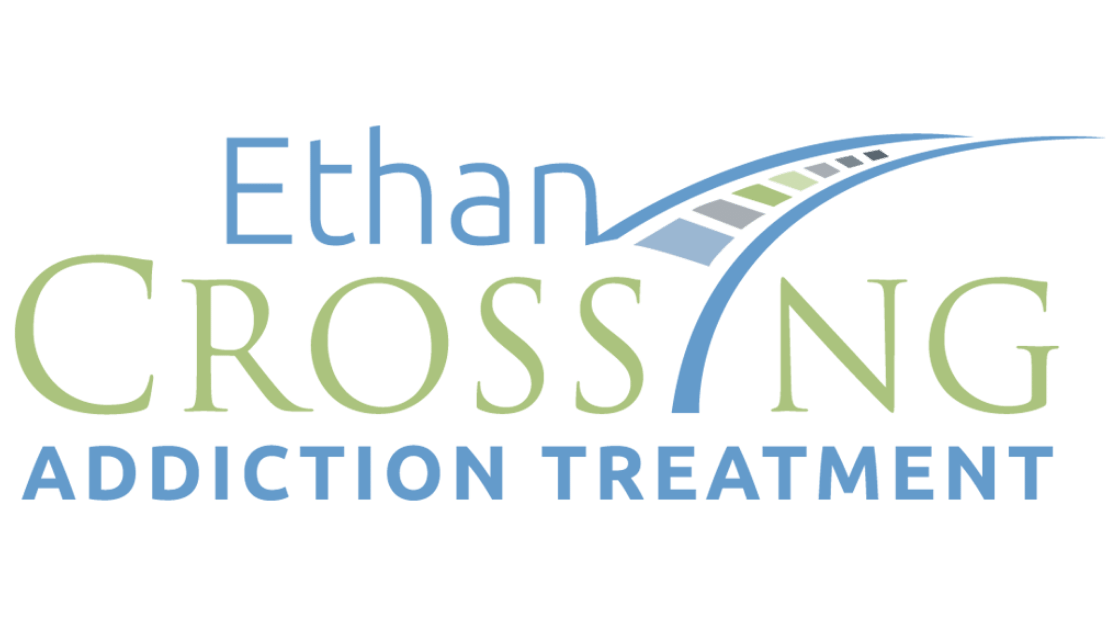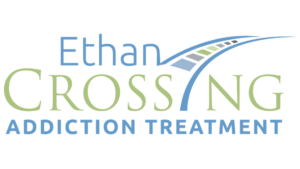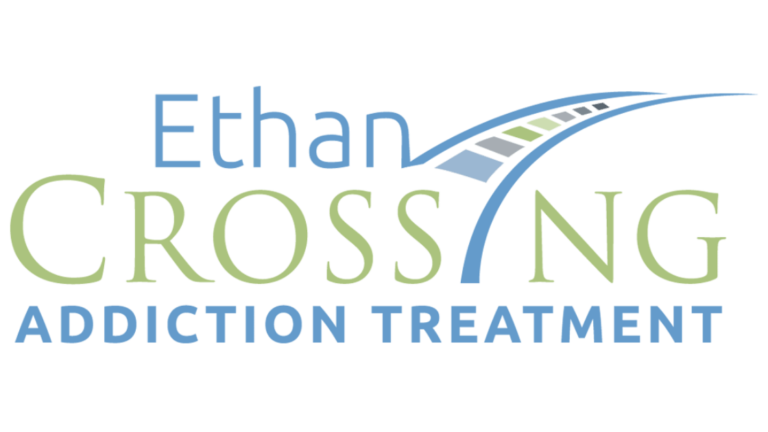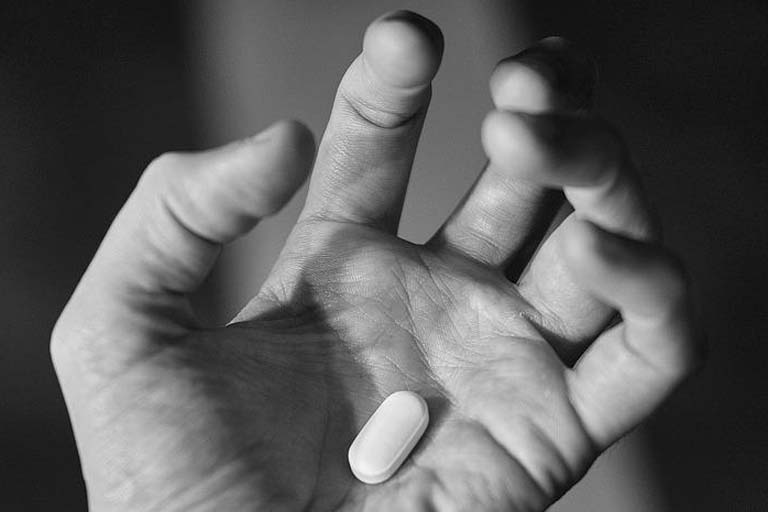Painkiller addiction has been gaining more insight in the last decade or so. With the opioid crisis still in full swing, people are learning more about the dangers of using painkillers. Doctors are also prescribing them less often to ensure the health and safety of their patients. But painkiller detox is still necessary for many to overcome their addiction.
What To Expect
Detoxing from painkillers is a painful one. They affect the neurotransmitters that respond to pain signals, by blocking them entirely. Once a person stops using painkillers, especially those who have been misusing them, they will experience pain. The more severe the addiction, or the longer they have been abusing them, the more pain that happens. Medical detox is the safest way for anyone to overcome a painkiller addiction.
Signs Of Withdrawal
Withdrawal symptoms include:
- Vomiting
- Abdominal cramping
- Dilated pupils
- Diarrhea
- Nausea
- Shaking and tremors
- Increased respirations
Jump To Section
Factors That Affect Withdrawal
Withdrawal symptoms vary from person to person. It will depend on:
- Health
- Age
- How long they have been misusing
- How much they have been misusing
Medication-Assisted Detox
Some of the medications that might be used when detoxing from painkillers include:
- Methadone
- Buprenorphine
- Naltrexone
- Aspirin or Ibuprofen
Treatment Options
Once a patient has gone through detox, the next step is treatment. There is a wide range of options that can meet the individual needs of the patient and fully support them into their drug-free life.
Residential care is the ideal next step. Patients have around the clock care with a team of caregivers who have also had similar experiences. During their stay they will go through 1:1 therapy, group therapy, and find resources for support groups.
If residential care is not an option, some people will opt for intensive outpatient care. They meet several times a week for their therapies and support groups. They also have medication management options and may need to submit urinalysis to hold them accountable.










